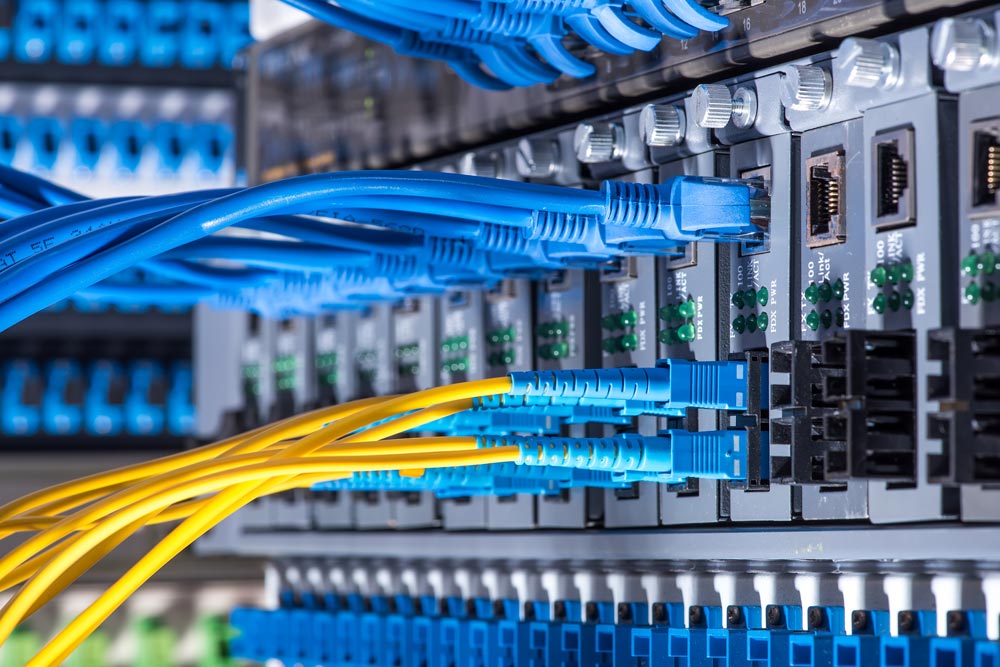In the world of data center management, understanding the nuances of connectivity solutions is paramount. We will unravel the distinctions between two fundamental terms; Cross Connects vs. Interconnects: Understanding Data Center Connectivity.
Cross Connects: Connecting Within
Cross Connects can be thought of as the diligent workers behind the scenes in a data center. They’re the physical conduits that directly link individual pieces of equipment, and they’re highly customer-specific. When a business within a data center requires its servers or infrastructure to communicate with other equipment or services, cross connects are the dedicated channels that make it happen.
Here’s what sets Cross Connects apart:
- Tailored Connectivity: Each Cross Connect is crafted to meet the specific needs of a customer, forging a direct bridge between their equipment and the desired point within the data center.
- Minimal Latency: These connections are direct and dedicated, ensuring minimal latency and blazing-fast data transfer between the connected devices. It’s the express lane for data.
- Customizability: Customers have the liberty to configure and manage their Cross Connects according to their unique requirements, giving them control over their data pathways.
Interconnects: Bridging Beyond Boundaries
Interconnects, in contrast, are the architects of data center connectivity on a grand scale. They’re the vital links that extend beyond the boundaries of a single data center facility, connecting various data centers, cloud providers, and network service providers.
Here’s what makes Interconnects a game-changer:
- Interfacility Connectivity: Interconnects facilitate the seamless exchange of data and traffic between different data center facilities, regions, or even across the globe.
- Resilience and Redundancy: They’re engineered to provide redundancy and ensure data continuity, even in the face of disruptions within one facility. It’s a safety net for your data.
- Scalability at its Core: Interconnects are your ticket to scalability, allowing businesses to expand their reach by connecting to multiple data centers or cloud providers.
- Carrier-Neutral Approach: Data centers often adopt a carrier-neutral stance, offering a plethora of interconnect options to cater to various customer demands and enable connections to diverse service providers.
We can summarize Cross Connects vs. Interconnects simply by noting that Cross Connects manage the microcosm of direct connections within a single data center, Interconnects are the architects of interconnected ecosystems, bridging the gaps between different facilities, providers, and regions. Both are indispensable components of a comprehensive data center strategy, offering distinct connectivity solutions to meet the ever-evolving needs of businesses in our data-driven world.

